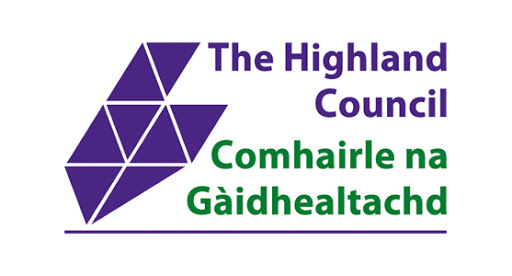M2M Cloud’s Neptune is an innovative, end-to-end water monitoring solution including sophisticated monitoring devices and an easy to use web application, facilitated by the emerging LPWAN communication networks of SigFox and LoRaWAN. Neptune’s proprietary device can be configured to operate with either LoRaWAN or SigFox depending on which solution has the best local coverage. The unit, which has four temperature sensors, can be installed either within a service duct or underneath a sink if access to a service duct is not available. The unit’s white colour and small form factor make it easy to conceal under sinks so as not draw unwanted attention, which is especially important when installed in schools, which represent 223 of the council’s 1100 sites.
Once installed, Neptune’s fully featured, intuitive web application allows a device to be associated with an asset on the system. An innovative multi-level group hierarchy allows assets and users to be associated with a structure which perfectly mirrors the council’s building management structure, allowing user access to be tightly controlled by providing visibility of only the appropriate assets. The system facilitates the upload of building floor plans against groups. Once uploaded, asset locations can be marked on the floor plans, allowing council users to identify the location of specific units, which is especially useful on sites with a large number of devices installed.
Once a device has been installed and an associated asset configured, the Neptune web application can be used to define trigger thresholds against each asset for low temperature, high temperature and bacterial risk as required. In the event of these thresholds being breached an alert notification is issued to predefined staff at the council in order to allow them to deal with any critical issues.
Once the device is operational and the associated asset is configured, the system generates a risk score for each asset, allowing the council to prioritise efforts on assets exhibiting problems. In addition, a powerful reporting facility allows generation of reports which show trend data over time for a selected device.
As a mobile-first approach has been taken to application development, content presented to users is optimised for all standard device types, allowing council representatives to access all of Neptune’s features on their mobile phones and tablets whilst on site, and on their PCs whilst in the office.




